Sueña Torrevieja suggested a network of climatic shelters and a shade scheme at the Torrevieja City Council’s final regular plenary session. The issue may appear insignificant, but in the urban setting of a tourist resort like Torrevieja, the complete lack of tree-lined streets and avenues, as seen in other surrounding municipalities, is remarkable.
In the neighbouring town of Pilar de la Horadada, for example, the ruling Popular Party (PP) mandated that real estate developers include trees in touristic residential areas.
However, in Torrevieja, Eduardo Dolón’s absolute majority altered the proposal in its entirety, claiming, as any governing party does in response to opposition measures, that it is already doing so. Residents and visitors in Torrevieja continue to suffer from rising temperatures and heat waves, with the only options for relief being terraces that privatise public space and offer awnings and umbrellas to their clients for a fee.
The children have also been suffocating in the bare playgrounds of the Infant and Primary schools, particularly in the two schools set up in prefabricated classrooms, where the end of the school year relieves them of the sun… until September.
During the argument, Pablo Samper, spokesperson for Sueña Torrevieja, unsuccessfully argued that “heat does not understand acronyms.” This is more than just an opposition idea; it is a Torrevieja plan. He explained that, whereas other cities are already taking action, Torrevieja still lacks a defined strategy to battle the intense heat that was felt in June and early July, with record temperatures. He also advocated for accessible climatic shelters, increased shade in streets and squares, and a genuine commitment to sustainability. “It is unacceptable that the municipal government continues to ignore a problem that affects the health of our seniors, children, and tourists.”
The remodelling of the port area and La Libertad promenade likewise does not ensure sufficient shade. The construction work has resulted in the loss of enormous trees, and the green area once offered by ficus and palm trees is now obvious by its absence (under the blazing heat). The precedents for urban transitions are not good, but the mayor pledges that vegetation will be given extra attention this time.
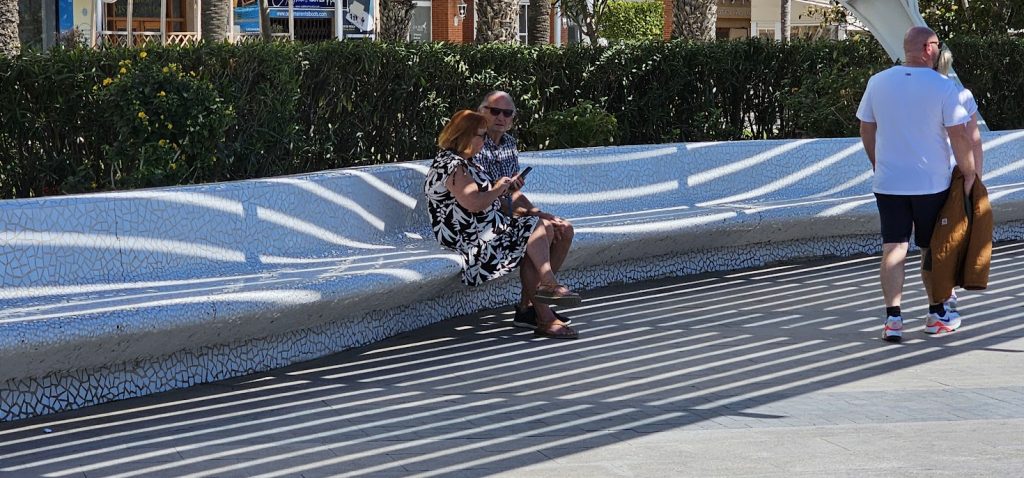
There’s the interminable esplanade of Vista Alegre Promenade, with its pergola that provides little shade in the early summer afternoons, or the Miguel Hernández and Oriente squares, where underground parking was prioritised over promises of plenty of trees.
Samper supplied data on the climate emergency, including record-breaking temperature rises, as well as a multi-year plan for tree planting for the “coles” of the centre.
The Councillor for Education, Ricardo Recuero, was in charge of defending that the City Council is already working on this proposal, and he focused everything on the acquisition of European Feder funds during a session in which it was revealed that the City Council had recently resolved to return 1.6 million euros in European subsidies due to its inability to invest them in the planned projects on time.
Recuero stated that a shade plan for the Acequión and Inmaculada schools is being evaluated as part of the request for ERDF money in the amount of 12 million euros. In addition, a green corridor will connect Villa Amalia to the Acequión neighbourhood, running parallel to the N-332. He forgot to mention, as PSOE spokesperson Bárbara Soler recalled, that this plan focuses exclusively on the Náufragos-El Acequión area—because Europe, for this line of aid, demands specific action in a “vulnerable” neighbourhood—and that it has been presented in this way with the objective of allocating the majority of the funds to the restoration of the Eras de la Sal (Salt Mines), whose budget has already.
Shaded playgrounds
The sole municipal accomplishment in this area recently has been the repair of children’s playgrounds. Pergolas now adorn the majority of the more than 70 playgrounds restored during the previous municipal administration. The reconstruction of Calle Caballero de Rodas also included the renovation of the trees. None of these behaviours are part of a predetermined shading plan.
However, Acequión and Inmaculada schools are far from having the worst shadow circumstances for their kids in the city. Their fortuitous location in the city centre ensures that they will always receive more municipal attention because they serve a greater proportion of the city’s population than the suburbs.

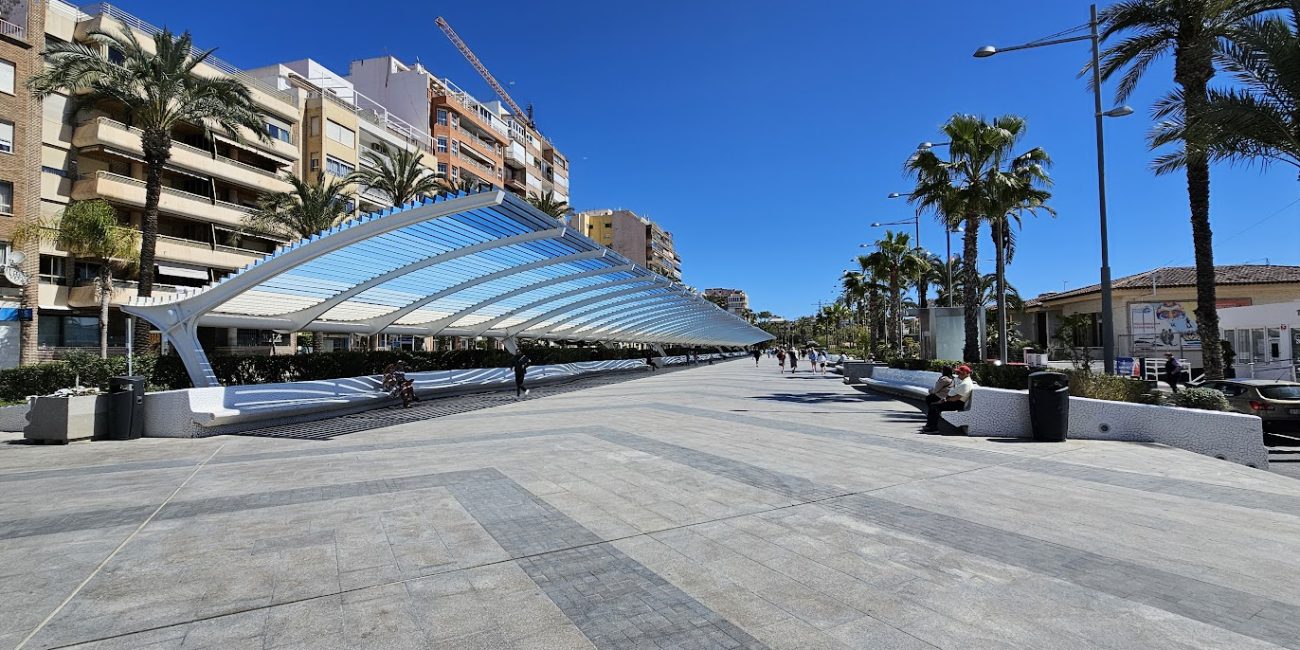

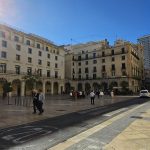
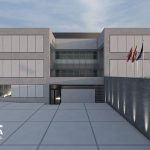
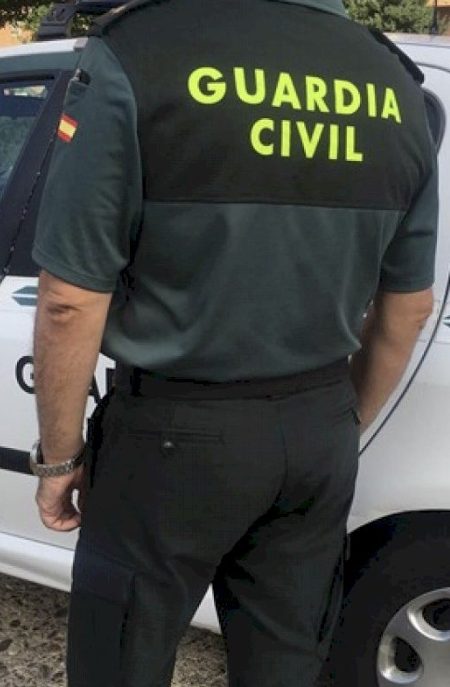


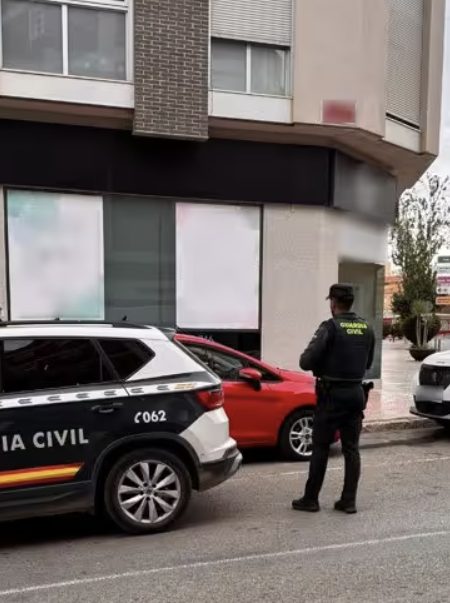
No Comment! Be the first one.